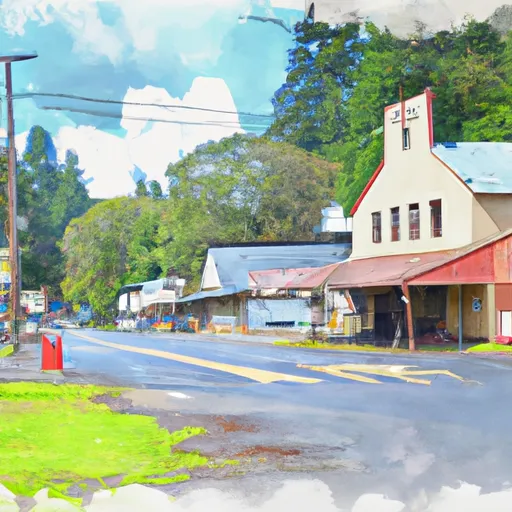°F
°F
mph
Windspeed
%
Humidity











Marcola, Oregon is a small town located in Lane County, nestled in the scenic Willamette Valley. The town experiences a mild, temperate climate with warm, dry summers and cool, wet winters. Average temperatures range from the mid-30s to mid-50s Fahrenheit in winter, and from the mid-60s to mid-80s Fahrenheit in summer. Marcola receives approximately 40 inches of rainfall annually, with most precipitation occurring from October to May.
Hydrologically, Marcola is influenced by the nearby McKenzie River, which flows through the area and provides a source of water for various recreational activities. The river is known for its pristine waters and is ideal for swimming, fishing, and boating. Additionally, Marcola is surrounded by lush forests, making it a perfect destination for hiking, camping, birdwatching, and wildlife spotting. The nearby Willamette National Forest offers numerous trails, including the McKenzie River Trail, known for its stunning waterfalls and scenic beauty.
In summary, Marcola, Oregon offers a pleasant climate, ample water resources, and diverse outdoor recreation opportunities, making it an attractive destination for nature enthusiasts and outdoor adventurers.
Weather Forecast
Marcola receives approximately 1390mm of rain per year, with humidity levels near 86% and air temperatures averaging around 11°C. Marcola has a plant hardyness factor of 8, meaning plants and agriculture in this region tend to thrive here all year round.
Regional Streamflow Levels
12,200
Cubic Feet Per Second
52
Cubic Feet Per Second
1,700
Cubic Feet Per Second
5,090
Cubic Feet Per Second
Nearby Camping
| Camping Area | Reservations | Toilets | Showers |
|---|---|---|---|
| Cascara State Park | |||
| Dolly Varden | |||
| Winberry | |||
| Sunnyside Park | |||
| Waterloo County Park | |||
| Broken Bowl |



